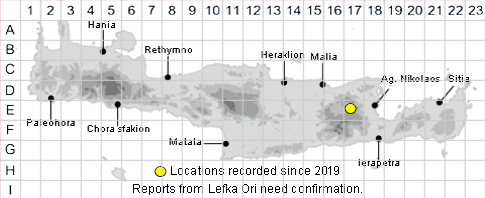

SPECIES DESCRIPTION
VICIA VILLOSA subsp. ERIOCARPA
Family and Genus:- See- LEGUMINOSAE/Sect. CRACCA
Common Names:- None
Homotypic Synonyms:- Vicia eriocarpa
Meaning:-Vicia (L) Binder, to bind, a name used by the Roman naturalist and
philosopher Pliny for vetch.
Villosa (L) With long rough hairs, shaggy, villous.
Eriocarpa (L) With woolly fruits.
General description:- Short to tall clambering, hairy annual.
Stems:-
1) To 2 m, though often less, with long hairs.
Leaves:-
1) Leaflets, 4-12 pairs, 5-15(-20) x 1-5 mm, narrow, parallel-sided or elliptical.
tendrils branched.
2) Stipules, entire.
Flowers:-
1) Racemes, 5-20-flowered.
2) Calyx, campanulate, strongly gibbous at the base.
a) teeth, all shorter than the tube, hairless or covered in flat laying soft hairs.
3) Corolla, 10-16(-18) mm:
a) standard limb, c. ½ as long as the claw.
b) wings, violet, purple, blue or white.
Fruit:-
1) Legume, 20-40 x (4-)6 mm brown, stipitate, pubescent.
2) Seeds, 2-8; hilum 1/12-1/5 of the circumference.
Key features:-
1) Legume, glabrous or glabrescent.
2) Racemes, 5-20-flowered, usually longer than leaves.
3) Corolla, violet or purple, sometimes with white or yellow wings.
Habitat:- Evergreen and deciduous scrub, pastures, roadside thickets, open
woodland, field margins, coastal habitats. 0-1300 m.
Distribution:- Scattered across the Aegean area. Rare on Crete currently known
only from the Lefka Ori and the Katharo plain in the Dikti mountains.
Flowering time:- Mainly Apr-June.
Photos by:- Steve Lenton